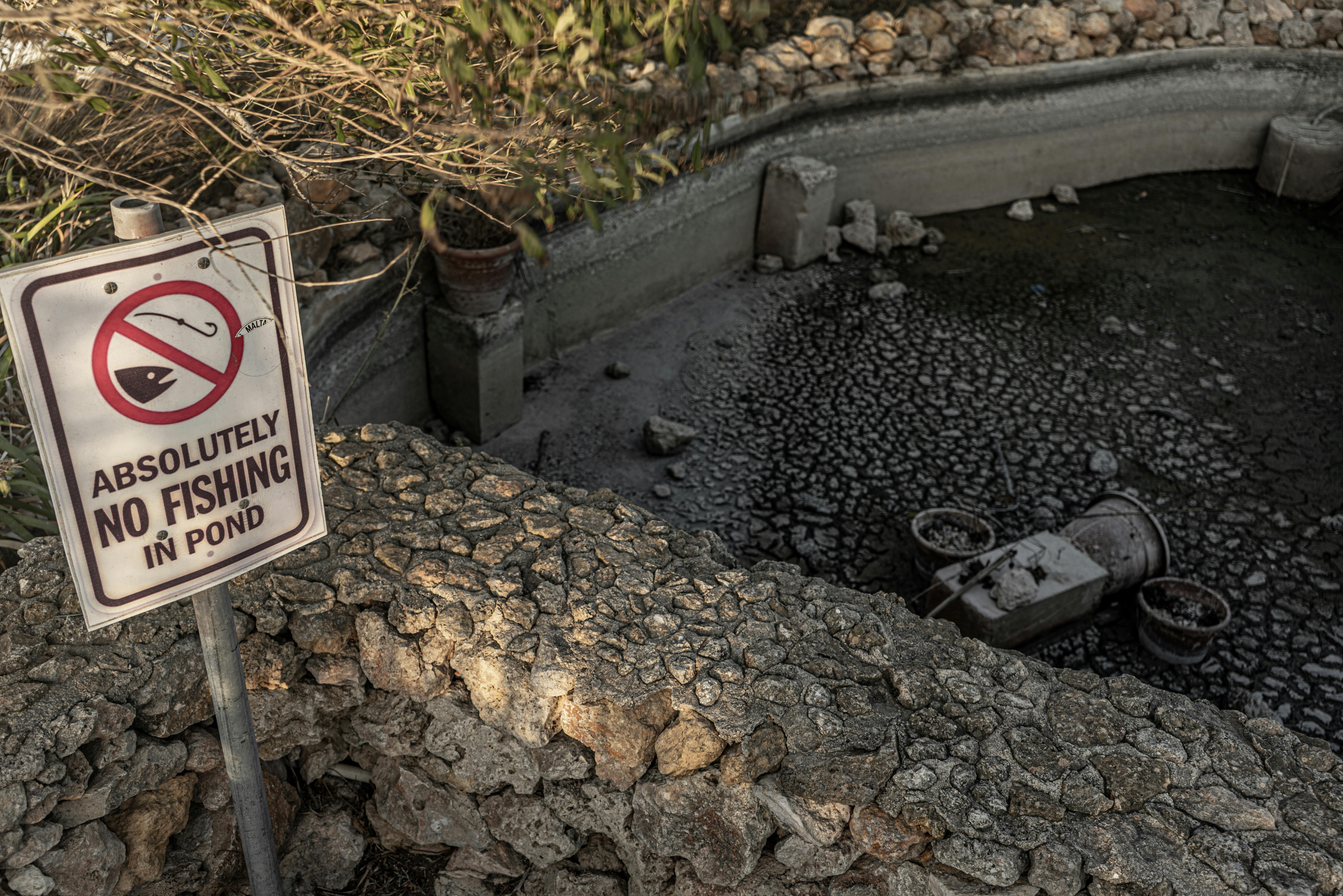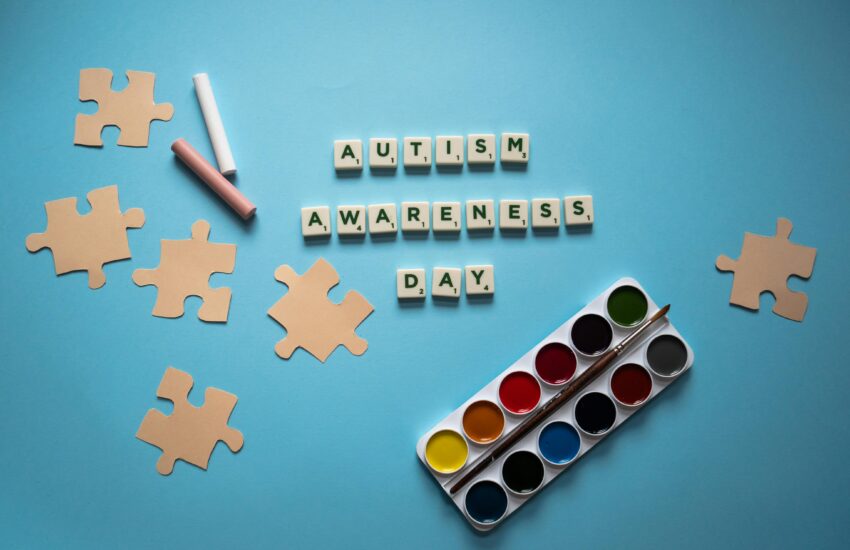Top 7 Effective Ways to Improve Special Conservation Techniques in 2025
In the rapidly changing world of environmental conservation, the need for innovative and effective preservation methods is more critical than ever. As we look toward 2025, implementing special conservation techniques will be essential in safeguarding biodiversity and fostering ecological balance. The importance of maintenance strategies, eco-friendly practices, and effective conservation management cannot be overstated. This article aims to explore the best practices that can enhance wildlife conservation and habitat preservation efforts. We’ll delve into the significance of community engagement, strategic habitat conservation, and the use of scientific research in shaping effective conservation initiatives. Here’s an overview of what to expect:
- The role of preservation planning and environmental policies.
- How maintenance practices and restoration processes can promote ecological integrity.
- Adapting to conservation challenges through innovative strategies.
- Understanding the importance of ecological assessments and community involvement.
- Exploring conservation education as a pillar of sustainable practices.

Essential Strategies for Effective Conservation Management
Effective conservation management forms the backbone of successful preservation techniques. In 2025, it will be vital to integrate various practices that ensure the sustainability of natural resources. This section explores several pivotal elements of successful conservation management.
Adaptive Management: A Responsive Approach
Adaptive management entails a systematic process that allows conservation strategies to evolve based on ongoing assessments. By continuously monitoring ecological outcomes, we can adjust practices to meet changing environmental conditions. This flexibility is crucial in responding to challenges such as climate change, habitat fragmentation, and species endangerment. In doing so, we can ensure that our conservation efforts yield meaningful results.
Community Engagement in Conservation Efforts
Community involvement can significantly enhance conservation initiatives. Local conservation groups play an instrumental role in monitoring protected areas, conducting awareness campaigns, and providing valuable insights into community needs. By fostering partnerships with citizens, conservation agencies can enhance their effectiveness and recognition. Emphasizing citizen science projects can empower communities to participate actively in habitat restoration and biodiversity management.
Conservation Assessment Techniques
Comprehensive conservation assessments are essential to gauge the success of current initiatives. Implementing environmental impact assessments helps identify key areas for improvement in preservation planning. Utilizing data-driven conservation techniques and ecological monitoring methods can lead to informed decision-making, ensuring that conservation actions are based on solid evidence and best practices. By focusing on these assessments, organizations can refine their approaches to achieve better outcomes.
Innovative Preservation Methods for Biodiversity Management
As we strive to maintain and improve ecological integrity, innovative preservation methods must be prioritized. Exploring cutting-edge techniques that enhance biodiversity management and restoration processes will be vital for conservation success.
Restoration Ecology: Reviving Ecosystems
Restoration ecology is a dynamic field focused on rehabilitating degraded ecosystems. By employing restoration techniques such as rewilding, habitat enhancement, and invasive species management, we can effectively reverse ecological damage. Initiatives like creating wildlife corridors and promoting native plant species are instrumental in facilitating ecosystem resilience and improving ecological balance.
Habitat Management: Strategies for the Future
Effective habitat management ensures that the needs of both wildlife and ecosystems are met. Utilizing sustainable resource use practices can help minimize human impact on natural habitats. Establishing protected areas and implementing strategic habitat conservation plans are essential steps in preserving crucial wildlife habitats. Furthermore, these practices contribute to the sustainability of the landscapes they inhabit.
Conservation Technology: Advancing Field Practices
The rise of technology in conservation efforts signifies an important turning point. Tools such as geographic information systems (GIS) and machine learning algorithms allow for advanced habitat modeling and ecological forecasting. By leveraging these technologies, conservationists can implement more effective and targeted approaches, enhancing overall efforts towards habitat preservation and restoration.
Community-Based Conservation Initiatives
Community-based conservation approaches focus on empowering local populations to take charge of conservation efforts. By integrating local knowledge and promoting stewardship practices, we can develop more effective strategies that resonate with the communities involved. This section discusses how involving communities can lead to sustainable conservation outcomes.
Participatory Conservation Methodologies
Engaging communities through participatory conservation methodologies encourages collaboration between local residents and conservation organizations. Workshops, training sessions, and citizen science initiatives foster a sense of ownership and responsibility, culminating in enhanced conservation outcomes. These collaborative efforts often yield innovative solutions that address local ecological challenges effectively.
Conservation Education Programs
Education is critical in fostering conservation awareness and ethics. Developing programs that educate communities about biodiversity and ecosystem services can empower them to act as stewards of their environment. Integrating conservation science into educational curriculums can inspire future generations to value and protect natural resources.
Partnership Initiatives: Strength in Numbers
Building partnerships with governments, NGOs, and local communities ensures a comprehensive approach to conservation. These collaborative efforts can significantly augment conservation funding and resources, enabling larger-scale initiatives and community outreach programs. By pooling resources and expertise, partners can work toward shared conservation goals, enhancing ecological outcomes across regions.
Environmental Policies and Strategic Planning
The foundation of successful conservation initiatives often lies within effective environmental policies and strategic planning. Understanding how policy frameworks can facilitate sustainability is crucial as we plan for the future.
Conservation Action Plans
Strategic conservation action plans outline the steps needed to achieve preservation goals. These plans should incorporate diverse strategies, from habitat restoration to community engagement, ensuring a holistic approach to conservation management. Additionally, continuous evaluation and adaptation of these plans are needed to align with changing environmental policies and objectives.
Environmental Impact Assessments in Conservation
Implementing environmental impact assessments ensures that all conservation actions consider potential ecological consequences. These assessments guide decision-making processes and promote responsible management of natural resources. Emphasizing sustainable practices through these assessments will help maintain the delicate balance of ecosystems while allowing for the necessary development of communities.
Conservation Funding and Support Services
Securing funding for conservation initiatives remains a significant challenge. Identifying potential sources of financial support—such as government grants, partnerships with businesses, and community fundraising initiatives—can help sustain long-term projects. Additionally, fostering partnerships with environmentally conscious organizations can enhance conservation funding opportunities.
Conclusion: Moving Forward in Conservation Efforts
Looking ahead to 2025, it is clear that enhancing special conservation techniques requires innovative approaches and a commitment to collaboration. By implementing comprehensive strategies focusing on adaptive management, community engagement, and innovative preservation methods, we can secure the future of our planet’s biodiversity. Embracing sustainable practices, investing in scientific research, and fostering an ethos of stewardship are crucial to building success stories in the realm of conservation. As we navigate the challenges of preserving ecological integrity, the collective efforts of communities, organizations, and governments will be instrumental in shaping a sustainable future for all.
For more insights on these topics, visit here or explore additional resources here.
Its part of generated content. Can i generate another part?
